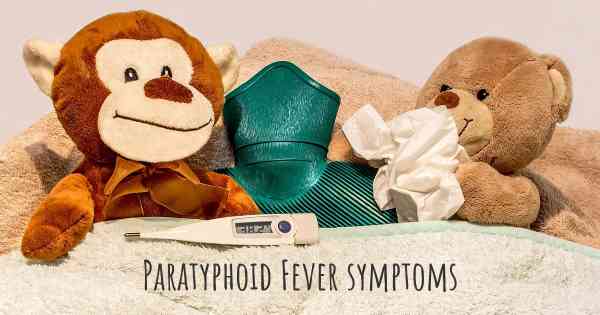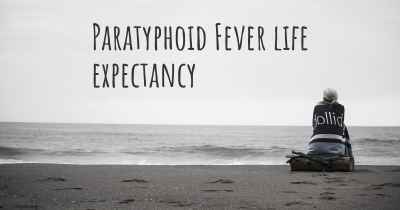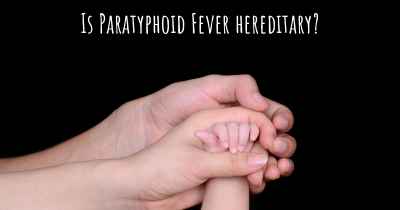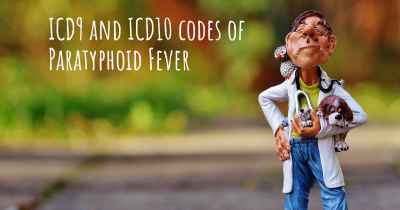Which are the symptoms of Paratyphoid Fever?
See the worst symptoms of affected by Paratyphoid Fever here

Paratyphoid fever, also known as enteric fever, is a bacterial infection caused by the Salmonella Paratyphi bacteria. It is similar to typhoid fever, but generally milder in nature. Paratyphoid fever is primarily transmitted through contaminated food and water, and it is more common in regions with poor sanitation and hygiene practices.
Symptoms:
The symptoms of paratyphoid fever typically appear within 1 to 10 days after exposure to the bacteria. The severity of symptoms can vary from person to person, and some individuals may even remain asymptomatic. The most common symptoms include:
- Fever: A persistent high fever is one of the hallmark symptoms of paratyphoid fever. The body temperature can rise above 103°F (39.5°C) and may last for several weeks.
- Abdominal Pain: Many individuals experience abdominal discomfort or cramps, particularly in the lower right quadrant of the abdomen. This pain can be mild to severe and may worsen with time.
- Headache: Headaches are common and can range from mild to severe. They are often accompanied by general body weakness and fatigue.
- Loss of Appetite: Paratyphoid fever can cause a significant decrease in appetite, leading to weight loss and malnutrition if left untreated.
- Gastrointestinal Symptoms: Diarrhea is a common symptom, which may be accompanied by nausea, vomiting, and sometimes blood in the stool. The stool may appear loose and watery.
- Rash: In some cases, a rose-colored rash may develop on the trunk of the body. This rash is known as "rose spots" and is a characteristic feature of paratyphoid fever.
- Enlarged Spleen and Liver: The spleen and liver may become enlarged, leading to tenderness and discomfort in the upper left abdomen.
It is important to note that the symptoms of paratyphoid fever can be similar to other gastrointestinal infections, making it challenging to diagnose based solely on clinical presentation. Laboratory tests, such as blood cultures and stool cultures, are often necessary to confirm the presence of Salmonella Paratyphi bacteria.
Treatment:
Paratyphoid fever is typically treated with antibiotics to eliminate the bacterial infection. Commonly prescribed antibiotics include fluoroquinolones, cephalosporins, and azithromycin. It is crucial to complete the full course of antibiotics as prescribed by a healthcare professional to ensure complete eradication of the bacteria.
Additionally, supportive care is essential to manage the symptoms and promote recovery. This may include rest, adequate hydration, and a nutritious diet. In severe cases, hospitalization may be required to provide intravenous fluids and close monitoring of the patient's condition.
Prevention:
Preventing paratyphoid fever involves practicing good hygiene and taking precautions while consuming food and water. Some preventive measures include:
- Washing hands thoroughly with soap and water before eating or preparing food.
- Drinking clean, treated water and avoiding consuming water from unknown sources.
- Ensuring food is properly cooked and avoiding raw or undercooked foods.
- Avoiding street food and eating from reputable establishments with good hygiene practices.
- Using proper sanitation facilities and maintaining cleanliness in living areas.
By following these preventive measures, the risk of contracting paratyphoid fever can be significantly reduced.








